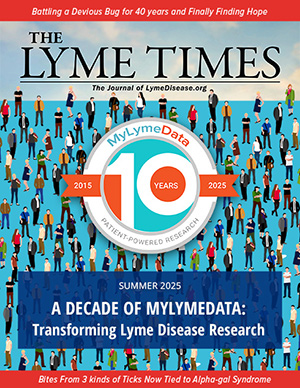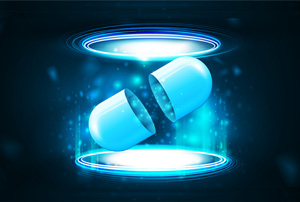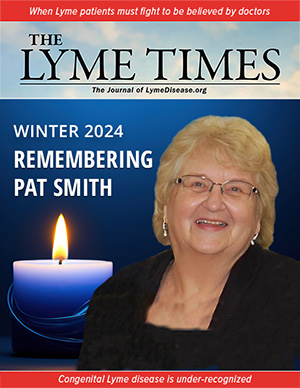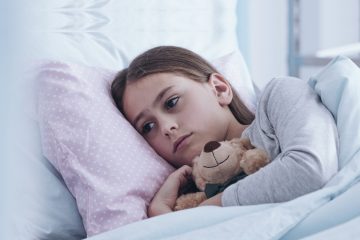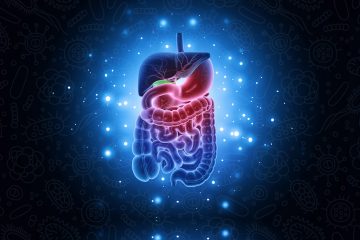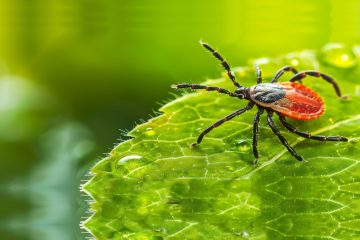I n previous articles posted on Lymedisease.org, I described PANS — Pediatric Acute-onset Neuropsychiatric Syndrome, and the severe mental health issues associated with it. 1-3 PANS can result in everything from OCD and anorexia nervosa to anxiety/panic attacks, depression, anger/oppositional/rage issues, impaired cognition, tics and involuntary movements. PANS is “Brain on fire.”
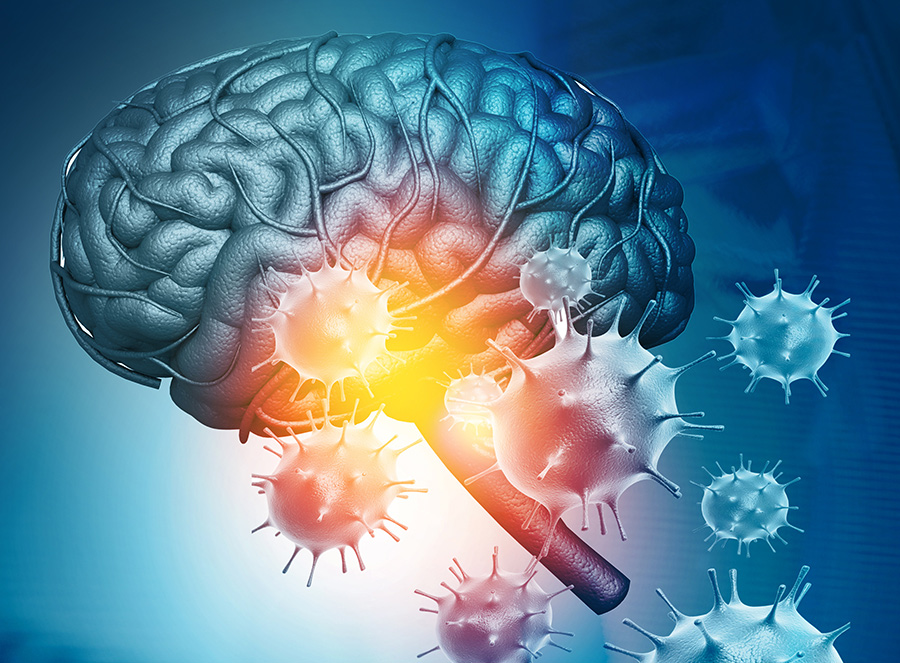 Here is what is happening in kids with PANS: the immune system’s response to a microbial infection results in the formation of anti-neuronal antibodies that attack the brain. This is referred to as immune cross-reactivity or molecular mimicry. The resulting brain inflammation is known technically as autoimmune encephalitis.
Here is what is happening in kids with PANS: the immune system’s response to a microbial infection results in the formation of anti-neuronal antibodies that attack the brain. This is referred to as immune cross-reactivity or molecular mimicry. The resulting brain inflammation is known technically as autoimmune encephalitis.
The Cunningham Panel, developed by Madeleine Cunningham and colleagues, measures specific anti-neuronal antibodies as well as the activity of an enzyme that modulates dopamine activity. Several studies have confirmed the utility of the Cunningham Panel in the diagnosis of PANS. 4-6
A child’s “Chernobyl meltdown”
Chuck, one of my patients, is seven years old and is typical of a child with PANS. He had a normal birth and developmental milestones. At age two, he began to have tantrums. That in itself is not unusual, but these screaming bouts were over the top — more like a Chernobyl meltdown. They escalated as he got older. He became oppositional and developed some OCD behavior in his play activities.
“The immune system’s response to a microbial infection results in the formation of anti-neuronal antibodies that attack the brain.”
By six years old, he couldn’t make friends and routinely got into fights at school. He was anxious and irritable.
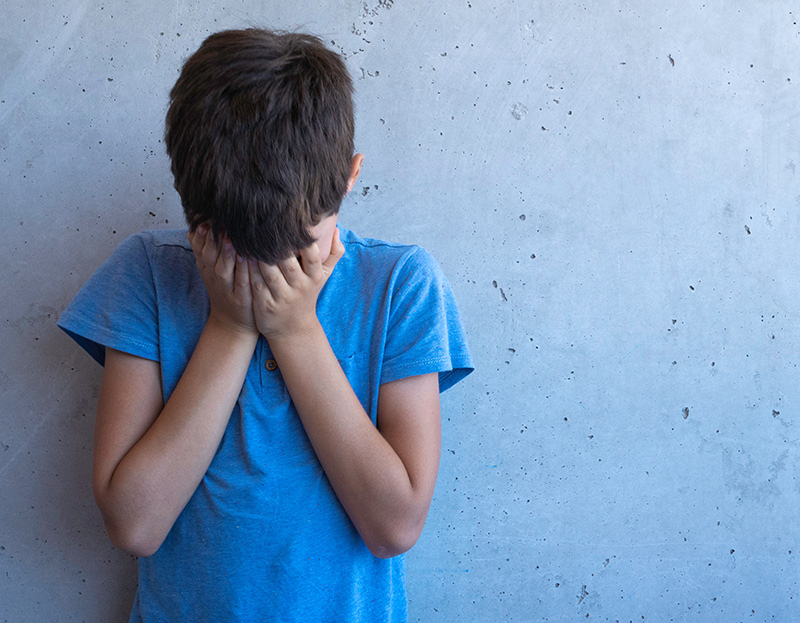 I asked his mom about physical symptoms. She described random fevers, night sweats, light and sound sensitivity, balance issues and clumsiness, and chronic congestion as well as bedwetting and sleep issues. He was also extremely forgetful. Chuck’s mom described him as having no short-term memory; he was having increasing difficulty with schoolwork.
I asked his mom about physical symptoms. She described random fevers, night sweats, light and sound sensitivity, balance issues and clumsiness, and chronic congestion as well as bedwetting and sleep issues. He was also extremely forgetful. Chuck’s mom described him as having no short-term memory; he was having increasing difficulty with schoolwork.
He had several bouts of ear infections every year which were treated with antibiotics. His mom also reported that he craved cheese and sweets.
When I first evaluated Chuck, I had one lab test: a positive Lyme immunoblot from IGeneX laboratory. It turns out that his mom suffered from chronic tick-borne infections, and they can be transferred to the fetus during gestation.
From his history, I suspected Chuck suffered not only from Lyme disease but also was chronically infected with Babesia and Bartonella. Although the primary treatment of PANS is antibiotics, I often start with diet. In Chuck’s case, I suspected that he had a sensitivity to dairy that was causing congestion and setting him up for his ear infections. Then the frequent antibiotics resulted in yeast overgrowth and subsequent sensitization to yeast.
Allergy-addiction syndrome
An interesting phenomenon that we see in children as well as adults is the allergy-addiction syndrome, in which people crave the food to which that they are sensitive.7 Chuck craved dairy and sweets (sugar stimulates yeast growth), and I suggested to his mom that he go off dairy, sugar and yeast. I also prescribed probiotics and the anti-yeast agent Nystatin.
“The immune dysregulation in people with tick-borne infections often results in food sensitivities or worsens them in folks already prone to food reactions.”
On diet alone, Chuck’s mood did a 180-turn. He rarely had a tantrum, and when he did, they were much less severe. He was making friends at school, doing his schoolwork and retaining lessons.
I have other PANS patients in whom specific foods are a major trigger. Dairy, eggs, gluten, sugar and yeast are major offenders, and corn is a big issue in some people.
The immune dysregulation in people with tick-borne infections often results in food sensitivities or worsens them in folks already prone to food reactions. Removing food triggers in the diet is a first step in decreasing inflammation.8

Because Chuck was doing so well on diet alone, we chose to treat his infections with herbal antibiotics. We started with Nutramedix Samento and progressed the dose slowly to 10 drops twice daily, which was well tolerated. When we added Nutramedix Banderol he had a Herxheimer reaction at three drops — he became defiant and had a tantrum. Once he settled down, however, he was up to five drops twice daily and doing great. At that point, the only fights he got into were with his brothers, which seemed normal. He was happy and no longer anxious.
Samento primarily hits Lyme, but Banderol mainly hits Bartonella. I am always suspicious of Bartonella in kids and adults who have significant neuropsychiatric symptoms. Chuck’s night sweats and fevers suggest he also has Babesia. I will also get him tested for Mycoplasma, as this microbe can be a major cause of neuroinflammation.
Mast Cell Activation Syndrome
 The increase in inflammation and sensitivities in PANS patients can devolve into Mast Cell Activation Syndrome (MCAS), 9 in which there is an excessive release of histamine and other inflammatory mediators contributing to inflammation. Kids with PANS often benefit from treating MCAS with agents like Gastrocrom, ketotifen or quercetin, which stabilize mast cells, as well as antihistamines. And there should always be a search for possible mold exposure. 10 Other anti-inflammatory agents that sometimes help include curcumin, Boswellia, CBD and low-dose naltrexone. Nonsteroidal anti-inflammatory agents like ibuprofen are occasionally beneficial.
The increase in inflammation and sensitivities in PANS patients can devolve into Mast Cell Activation Syndrome (MCAS), 9 in which there is an excessive release of histamine and other inflammatory mediators contributing to inflammation. Kids with PANS often benefit from treating MCAS with agents like Gastrocrom, ketotifen or quercetin, which stabilize mast cells, as well as antihistamines. And there should always be a search for possible mold exposure. 10 Other anti-inflammatory agents that sometimes help include curcumin, Boswellia, CBD and low-dose naltrexone. Nonsteroidal anti-inflammatory agents like ibuprofen are occasionally beneficial.
The next step is antibiotics. This needs to be done carefully because of potential Herxheimer reactions. When tick-borne infections are the trigger, I suggest treating Lyme first — in most patients it is less inflammatory than the co-infections. Most of my patients with PANS have not had as quick a turn-around as Chuck. But most get better when a regimen is instituted that includes dealing with food sensitivities, mold exposure and mold toxins, MCAS and appropriate antibiotics.
IVIG — Intravenous Immunoglobulins
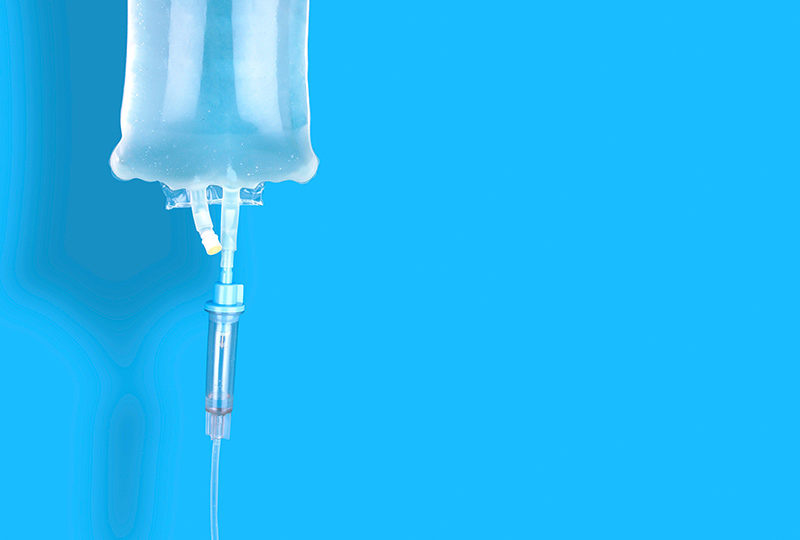 Some patients, however, require immune modulation with interventions such as IVIG — intravenous immunoglobulins.11 IVIG is a big deal. It consists of the intravenous administration of antibodies, usually given every three weeks. It has the paradoxical effect of boosting immune function while decreasing inflammation and can be quite effective in the treatment of PANS. However, there is a significant relapse rate when the IVIG is discontinued.12
Some patients, however, require immune modulation with interventions such as IVIG — intravenous immunoglobulins.11 IVIG is a big deal. It consists of the intravenous administration of antibodies, usually given every three weeks. It has the paradoxical effect of boosting immune function while decreasing inflammation and can be quite effective in the treatment of PANS. However, there is a significant relapse rate when the IVIG is discontinued.12
A major hurdle with IVIG is the cost — up to $10,000 per injection. It’s no surprise that insurance carriers make it challenging to get approval for this intervention. The exception is Illinois, where the legislature mandated that insurance companies cover treatment for PANS. I wonder if families are moving to Illinois to get this treatment covered, just like they moved to Colorado several years ago to get their kids with seizure disorders treated with cannabis. [Editor’s note: Similar measures are under consideration in various other states as well.]
There is also a role for psychotropic medication in some kids, since the mood disturbances can be severe, and the inflammation can even result in psychosis.
PANS–or MANS?
I think the nomenclature of PANS is unfortunate. Adults with tick-borne infections (as well as viruses such as SARS-CoV-2) can also suffer from autoimmune encephalitis with severe neuropsychiatric symptoms. I have suggested the name be changed to Microbe-induced Autoimmune Neuropsychiatric Syndrome (MANS). 13
Editor’s note: Any medical information included is based on a personal experience. For questions or concerns regarding health, please consult a doctor or medical professional.



